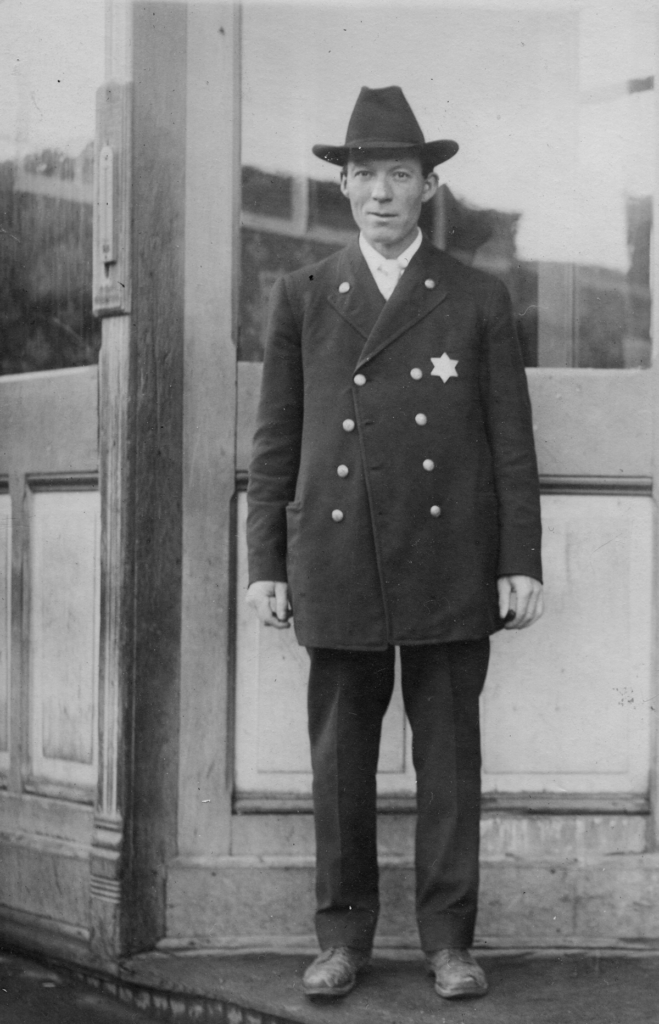As you read here last week, Park City did not escape the “Spanish flu” pandemic that ravaged the globe throughout 1918-1919. By November 1918, new flu cases in Park City were reported daily. The Park Record noted that, excepting a serious mine disaster, never before had its pages been so filled with news of death. At a city council meeting in mid-November, a special police force was appointed to enforce quarantine and on December 6th, R.D. Zook was appointed special health inspector. The month of December saw at least 37 new cases.
Park City was hardest hit by the influenza pandemic in November and December 1918. Over a span of just 40 days, 70 people fell ill, about a quarter of whom died, usually from a secondary lung infection. Particularly bad cases were usually sent to the temporary Isolation Hospital, opened specifically for flu patients. Otherwise, victims were confined to their homes under full quarantine. City quarantine rules dictated that a house be flu-free for ten days from the time the last person to be ill was fully recovered. Only then could residents go outdoors.

Credit: Park City Historical Society and Museum, Larremore Digital Collection
By December 20, there was steep decline in the number of new cases and only one person was still sick in Park City. The Isolation Hospital had closed and a ban on public funerals was lifted. Following quarantine guidelines, the city waited for ten days after the last ill person’s recovery before declaring “the dread disease” eradicated.
Schools reopened on December 30. Public gatherings, feared and avoided for the past two months, became more common as fraternal societies and their ladies’ auxiliary groups resumed meetings. Even dances were organized. “Oh you dancers!” called the fraternal society Loyal Order of Moose to the Record’s readers. Because the Moose could not host their “Halloween Mask ball on account of the flu,” they would instead “pull off the Mask Ball of the century” in January.
But Park City was celebrating too early. On January 17, the flu returned and again quarantine was put in place, mask laws were revived, and the Moose’s dance canceled “on account of the flu” once more. In just four days 22 new cases appeared. This time, thankfully, the outbreak was short-lived. On January 31, the state health inspector visited Park City and complimented the city on its handling of situation. Conditions, Health Officer Barrett claimed, were “far better than any city yet visited” in Utah.
With no new cases reported after January 28, and at the reassurance of Health Officer Barrett, Park City once again reopened schools on February 2. There was a lot of catching up to do, however, and local kids plenty of work in store. To make up for a total of thirteen weeks’ lost time, classes were held six days a week and the school year was extended. On February 7, as the city was considered flu-free once more, the local office of health inspector was dissolved and life returned to some semblance of normal.